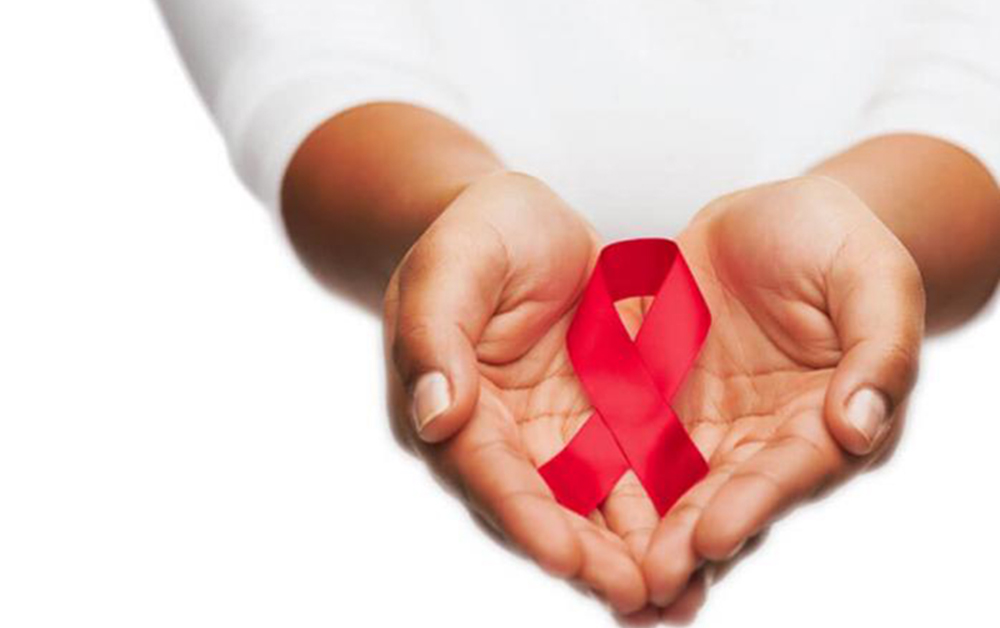What is Human Immunodeficiency Virus
The human immunodeficiency virus (HIV) affects the immunity of infected individuals. This means that the ability of a person with HIV to fight infections from bacteria, other viruses and harmful germs, is lowered. HIV attacks and kills the body’s immune cells – otherwise known as T-cells. Eventually, as more T-cells are killed, the lower the immunity of an infected individual. If left untreated, it may lead to the disease known as acquired immunodeficiency syndrome (AIDS).
The origin of HIV can be traced to an evolved strain of the simian immunodeficiency virus (SIV), which was first found in wild chimpanzees. It is said that cross infection likely occurred when humans came into contact with the blood of infected chimpanzees while hunting.
How HIV is Transmitted
HIV can only be transmitted through the following ways:
1.Bodily fluids such as semen, vaginal, or rectal fluids
– this is also the most common mode of transmission, where infected individuals and non-infected individuals engage in unprotected sexual intercourse.
2. Blood
– when contact is made with blood that has been contaminated with HIV, which includes broken skin and wounds, sharing of piercing instruments like injection needles, or through blood transfusions.
3. Pregnancy, childbirth and breast milk
– an infected mother can transmit the virus to her baby during all three stages as mentioned.
Symptoms of HIV
Individuals who have any reason to believe that they may have been exposed to HIV should monitor how they feel and make arrangements to get tested as soon as possible. While some individuals may not experience any of the following symptoms, it is important to know that at each stage of infection, HIV may present with varying symptoms.
1.Acute HIV infection
This stage may last anywhere from two to four weeks after exposure, where the majority infected with HIV may present with flu-like symptoms such as fever, night sweats, muscle soreness, sore throat, cough, fatigue, mouth ulcers, or rashes. However, there are some individuals who may not have symptoms at all at this stage.
2.Chronic HIV infection
This stage of slow viral multiplication, may last between ten to fifteen years, and infected individuals may not have any symptoms even though they may be both suffering from a compromised immunity and are infectious.
3.Symptomatic HIV infection or AIDS
Eventually, and more quickly in individuals without any prior medical intervention, HIV multiplies to a significant level, weakening the body’s immune system severely. This is when the infection progresses to AIDS, which means that an infected individual is more susceptible to infections that healthy people can easily fend off. An infected individual may experience the following symptoms amongst others: recurrent fevers, unexplained fatigue, rapid weight loss, continuous diarrhea, pneumonia, sores of the mouth, anus and genitalia, memory loss, and depression.
However, the symptoms mentioned above are similar to symptoms experienced as a result of many other illnesses. Hence, to definitively ascertain a HIV infection, testing is necessary.
Finding out if you have HIV
HIV can be diagnosed through various clinical tests which can be done through blood drawn from a vein, a finger prick or an oral fluid sample. Their difference lies in the time frame from exposure to testing where a positive HIV infection can be picked up, of which the earliest is through drawn blood. Certain HIV test results can be obtained as quickly as 30 minutes, ensuring convenience.
However, there are still no tests available that can accurately detect HIV in the immediate period where exposure is suspected. This “window period” where the infection remains undetectable, can vary between individuals and the specific tests used.
There are currently three types of tests available now:
1.Nucleic acid test (NAT):
This test, which requires blood drawn from a vein, quantifies the viral load in the blood of an individual. Its advantage lies in the ability to identify early positive HIV infections as soon as 10 to 30 days following exposure. However, these results may take several days to be released.
2.HIV antibody-only tests:
This tests for HIV antibodies in the blood or oral fluid. Antibodies are produced by the body as a natural response to fighting off a virus. This test can detect a HIV infection, 23-90 days after exposure, with earlier detection being more likely if blood from a vein is used. However, if samples are from a finger prick or oral fluid, there are “rapid” tests available, where results can be obtained within 30 minutes.
3.HIV antigen/antibody tests:
This tests for both the presence of antibodies and antigens in the blood. Antigens are a part of a virus that triggers the immune system. This test should be taken at least 18 days following suspected exposure to HIV. With blood drawn from the vein, it can detect HIV infection within 45 days after exposure. Rapid antigen/antibody tests are also available, with samples obtained from a finger prick. However, it may require more time to elapse (up to 90 days) for accurate detection.
HIV Prevention and Treatment Options
In order to prevent the spread of HIV, it is recommended to practice the following:
1.Inform partners of your HIV status, or get tested if unsure.
2.Reduce the number of sexual partners by not engaging in casual sex.
3.Practice safe sex by using condoms consistently and correctly.
4.Do not share needles, and always ensure that all piercing instruments are clean and sterile before use.
5.Pregnant women with HIV should consult a physician and remain adherent to medical treatment to avoid infecting their baby during pregnancy and childbirth.
During the first 72 hours where exposure to HIV is suspected, it is important to immediately seek advice from a physician regarding medication that can be taken to prevent the virus from infecting your body.
While HIV does not currently have a cure, there are treatment options to ensure those infected can live long and healthy lives. In other words, treatment through medication can slow the progression of HIV, and the risk of severe opportunistic infections. This medication regime is also known as anti-retroviral therapy (ART). It prevents the transmission of HIV by reducing the virus’ speed of multiplication in an infected individual’s blood, ideally to undetectable levels. With good compliance, HIV positive patients have a chance at a nearly normal life like any other.













